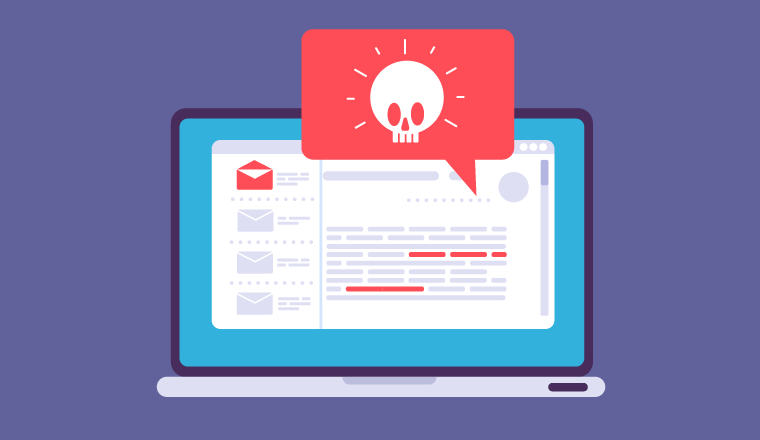
Cybersecurity threats are a major problem for both the individual and corporation. There are so many different types of spam, worms, viruses and Trojans out there, but that’s only the start of things. Other security threats people should be aware of include things like rootkits, spyware and DOS attacks. Below you will learn 6 of the most common security threats that you should be aware of. There are many certifications and courses the end user can undertake, which would better position you for protecting your data from malicious attacks.
So what are the specific threats that you should already be familiar with? Below are the 6 threats that you need to know if you want to ensure your system is safe from any and all forms of attacks.
1. Trojan
Trojan horse, or what is most commonly known as just a Trojan, is basically a small malicious program that disguises itself as a legitimate safe application. The sole objective of this program is to provide remote access into your system. Once the hacker has access to your system, they can use it for a number of different things.
One of the more common types of Trojans is called a keylogger, the objective of this program is to record your button presses. Which is in turn used to steal confidential information, such as credit card details, passwords and other such sensitive data.
2. Denial of Service Attacks
The objective behind a denial of service attack is to overwhelm a systems resources to the point where it’s unable to response to a request. So in short, it’s an attack on a system’s resources, but it’s not an attack launched by a single computer, in all cases, such attacks are carried out by a large number of infected machines, usually infected with a Trojan.
Unlike the kinds of attacks we’re most familiar with, those that grant the hacker access to sensitive and confidential data, the DOS attack isn’t designed to provide the attacker with any real benefit. For the vast majority of individuals that indulge in such attacks, it’s more about the satisfaction of carrying out the action, rather than what the action will bring for them.
However, if the hacker was to target a competitors business, then there would be an actual benefit to the attack. Another reason why a hacker may target a system with a DOS attack is so they can take down a system in order to launch another kind of attack.
DOS attacks are quite numerous and range from smurf attacks to teardrop attacks to ping-of-death attacks, and botnet attacks.
3. Adware
Adware is short for advertising supported software, and is not dissimilar from spyware, in that it’s designed to monitor the browsing habits of the end user. However, with adware, the primary objective is to figure out what kinds of ads, the end user is most likely to respond best to. Based on the data that it gathers, it will generate ads that are target-specific, in order to bring in the most amount of revenue for a company or single individual. Adware is targeted primarily at individuals, rather than organisations, and is usually unwanted, since it can be deemed intrusive, due to it monitoring, recording and using said data to profit from.
4. Internal Attacks
For any business out there, one of the biggest cybersecurity threats is almost always its employees. The level of access that employees have to the company, grants them the ability to cause a great deal of harm, if they make the decision to abuse said privileges bestowed upon them. In other situations, they may unknowingly allow a hacker to gain access to a company network through their login credentials. This could be as a result of an employee downloading a malicious file, maybe hidden in an email attachment or external device, such as a flash drive.
Whether intentionally or unintentionally, the biggest cybersecurity risk to any company nowadays has to be the employees. So it’s something that the company needs to be cognizant of, and thus, take the necessary precautions to minimise.
5. Spyware
Spyware typically gets onto an end user’s computer through a software download. Freeware and shareware downloads and peer-to-peer file sharing are the most common ways that spyware enters the system. Just like a Trojan, spyware is capable of capturing sensitive data, but this data is most commonly used for advertising purposes. The primary intent is to gather information about a user by monitoring his/her internet activity, then send this data back to the creator of the spyware.
6. Rootkits
Rootkits are the most difficult virus type for internet security software to detect, this is because of the method they use to conceal themselves, both from antivirus software and also the end-user. These kinds of viruses are activated during the system boot-up phase, just before your antivirus scanner is initiated, and grant administrative access to an unauthorized remote user. Rootkits are designed to allow the hacker to install files and accounts, which in turn is used to steal sensitive information on the target machine.

Uchenna Ani-Okoye is a former IT Manager who now runs his own computer support website.

